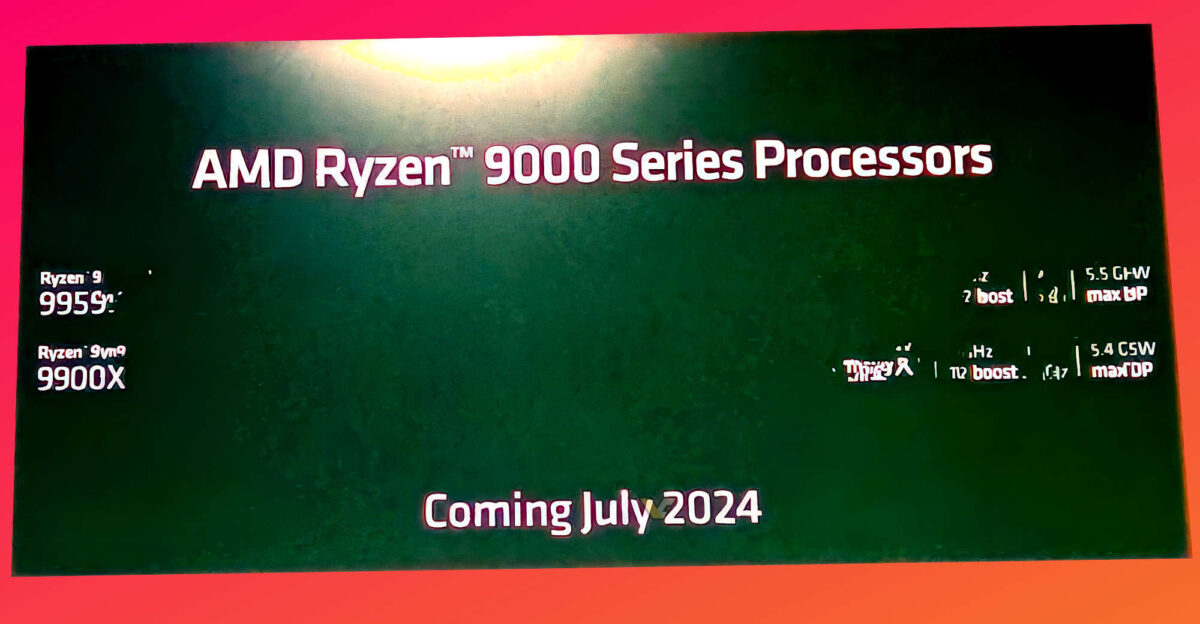You can always leave it up to Gigabyte to leak stuff. An internal document from motherboard manufacturer GIGABYTE has reportedly unveiled key information about AMD's upcoming Ryzen 9000 "Granite Ridge" series processors, which utilize the new "Zen 5" microarchitecture. These processors are set to be fabricated on TSMC's 4 nm EUV technology, an advancement from the 5 nm process used for the Zen 4 chips. This development indicates AMD's continued reliance on TSMC's cutting-edge fabrication technologies, including a possible adoption of the N4 node previously applied to AMD's "Phoenix" and "Hawk Point" mobile processors. The new Ryzen 9000 series, designed for Socket AM5 desktops, will maintain the dual CCD (Core Chiplet Die) configuration found in earlier models. Each CCD in these processors will contain up to 8 CPU cores, allowing for configurations that include 16-core, 12-core, 8-core, and 6-core options across various models under the Ryzen 9, Ryzen 7, and Ryzen 5 tiers.
According to the leaked information, AMD plans to introduce four initial models: the Ryzen 9 9950X, which is expected to offer 16 cores and 32 threads; the Ryzen 9 9900X with 12 cores and 24 threads; the Ryzen 7 9700X featuring 8 cores and 16 threads; and the Ryzen 5 9600 (non-X variant) with 6 cores and 12 threads. These models will exhibit a range of thermal design power (TDP) from 65 watts for the Ryzen 5 9600 to 170 watts for the higher-end Ryzen 9 models. Furthermore, the processors are likely to retain the client I/O die (cIOD) from the previous "Raphael" series, which is manufactured using TSMC's 6 nm DUV process. This cIOD includes an integrated GPU based on the RDNA 2 architecture with 2 compute units, a dual-channel DDR5 memory controller, and a 28-lane PCIe Gen 5 root complex, along with additional SoC connectivity features. Notably, AMD is rumored to increase support for higher native DDR5 memory speeds beyond the DDR5-5200 JEDEC standard and the DDR5-6000 "sweetspot" previously identified with the "Raphael" processors.








